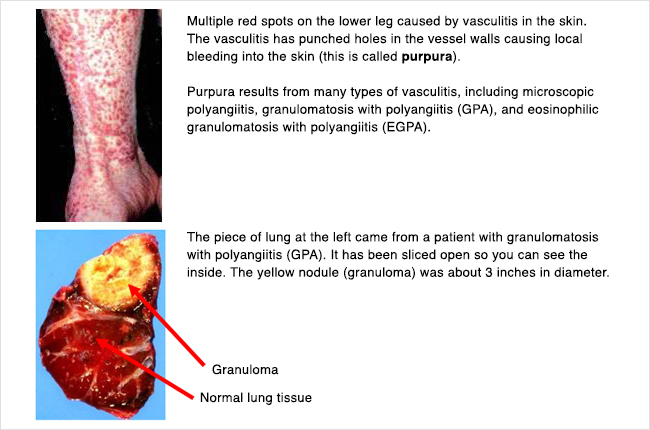
Understanding ANCA-Associated Vasculitis
ANCA-associated vasculitis is a rare autoimmune disease that causes inflammation in the small blood vessels located in different parts of your body. Though it affects only 10 to 20 out of every one million people, it is a serious and life-threatening condition that, if left untreated, can cause permanent organ damage and bleeding in major organs. Recognizing the symptoms and seeking medical attention at the earliest can help in early diagnosis and effective treatment of this disease.
Symptoms Of ANCA-Associated Vasculitis
The early signs of this disease are not very specific, and may present as weakness, fatigue, fever, night sweats, and body aches. The disease can trigger weight loss, reduced appetite, and permanent organ damage, leading to scarring and bleeding in major organs. The severity of the symptoms depends on the affected organs as this disease can impact any organ such as kidneys, lungs, heart, skin, eyes, and the nervous system. It can also cause nosebleeds, sinus infections, and purpura, a slightly raised reddish-purple rash.
Causes And Risk Factors Of ANCA-Associated Vasculitis
The cause of ANCA-associated vasculitis is not yet well understood, but certain genes and infections such as Staphylococcus aureus, can increase the risk of developing this disease. Neutrophils, a type of disease-fighting white blood cell, play a crucial role in ANCA-associated vasculitis. Autoantibodies attack neutrophils’ inside, causing them to harm healthy small blood vessels, leading to inflammation and swelling. This vicious cycle can cause organ damage that worsens if not detected and treated at an early stage.
Different Types Of ANCA-Associated Vasculitis
ANCA-associated vasculitis is an umbrella term for a group of autoimmune diseases, the most common of which are granulomatosis with polyangiitis (GPA) and microscopic polyangiitis (MPA). GPA can impact the lungs, sinuses, and kidneys. It causes inflammation that leads to the formation of small masses of tissue called a granuloma. MPA impacts the body’s small blood vessels, leading to inflammation and organ damage. Eosinophilic granulomatosis with polyangiitis is another less common type. The treatment of ANCA-associated vasculitis depends on the type and severity of symptoms.
Diagnosing ANCA-Associated Vasculitis
The diagnosis of ANCA-associated vasculitis involves a thorough physical examination and a series of tests. Blood tests for elevated ANCA levels, X-rays, biopsies, and other imaging tests are performed to determine the extent and severity of the damage caused by this disease. Early diagnosis is crucial, and seeking medical attention at the earliest is recommended to ensure that any permanent damage can be minimized.
Treatment Options For ANCA-Associated Vasculitis
The treatment options for ANCA-associated vasculitis depend on the type, severity, and location of the damage. The goal of treatment is to suppress inflammation, reduce organ damage, and prevent relapse. Treatment often starts with high-dose steroids and immunosuppressive medications. Plasmapheresis, a procedure that removes harmful antibodies from the blood, can be used in severe cases. Appropriate care is provided by a team of specialists such as rheumatologists, nephrologists, pulmonologists, eye, nose, and throat specialists, and neurologists.
Preventing Complications Of ANCA-Associated Vasculitis
Preventing complications of ANCA-associated vasculitis requires careful monitoring and management of symptoms. It is crucial to follow the treatment plan to minimize the risk of relapse and prevent permanent organ damage. Regular follow-up visits and monitoring of kidney function, blood pressure levels, and medication side effects are essential. Lifestyle modifications, such as quitting smoking, eating a healthy diet, and regular exercise, can help in enhancing overall wellbeing and dealing with the symptoms effectively.
Conclusion
If you experience any symptoms of ANCA-associated vasculitis such as fatigue, weakness, fever, night sweats, or notice any skin changes or blood in your urine, consult your health professional immediately. Early diagnosis and appropriate treatment can help minimize organ damage and improve your overall quality of life. With the right treatment and timely care by a team of specialists, the chances of relapse and permanent organ damage due to ANCA-associated vasculitis can be significantly reduced.
Originally Post From https://www.healthcentral.com/condition/vasculitis/blood-vessel-blues
Read more about this topic at
ANCA Positive Vasculitis – StatPearls
ANCA-associated vasculitis – PMC
